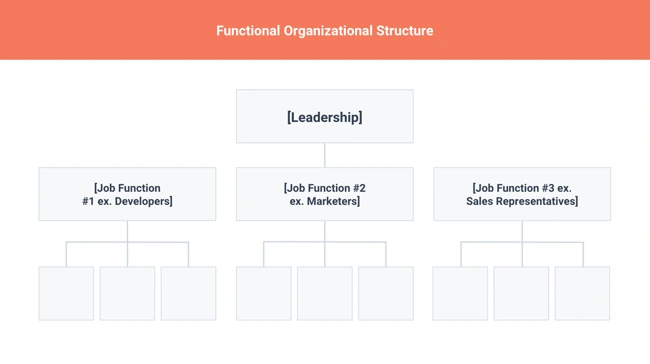Little Known Facts About Relational Leadership Essentials.
Little Known Facts About Relational Leadership Essentials.
Blog Article
4 Simple Techniques For Relational Leadership Essentials
Table of ContentsSome Of Relational Leadership EssentialsThe Facts About Relational Leadership Essentials UncoveredThe Best Strategy To Use For Relational Leadership Essentials8 Easy Facts About Relational Leadership Essentials ShownSome Known Factual Statements About Relational Leadership Essentials More About Relational Leadership Essentials
As more firms adopt distributed labor force methods, collective, clear, and adaptable structures will certainly play a vital role in success. Understanding that a matrix framework's flexibility supports nimble groups, advertises interaction, and values cross-collaboration, it's time to decide if your organization needs enhancement in these locations. If so, transitioning to a matrix structure might be a solid relocate the ideal instructionsAs an example, if your social media sites advertising and marketing division determines an untapped consumer base, your structure ought to make it easy for the head of that division to communicate this exploration to senior management and the sales team. This can be true even if you have a top-down framework in which authority relaxes in the hands of your senior monitoring team.

8 Simple Techniques For Relational Leadership Essentials
Despite the type of organizational structure you select, there will certainly always be a coverage channel that ends with a last choice maker. In a level framework in which workers are given broad latitude to make pointers and take possession of their job process, decisions are made based on the consensus of workers functioning in a group.
TASK 1 1. Leadership Essentials.1: Organizations are established to satisfy a demand, for instance to give products or solutions. Business frameworks can take numerous types. These are affected by variables such as its objective, size, and intricacy of the jobs it does, external atmosphere and its culture. It's services and products or where its situated additionally establish which framework is ideal.
Organizations can be structured in different ways: by function, as an example, procedures, advertising and marketing, money, fundraising, and so on by area by product, for example, books, support, consultancy, distribution in job teams, for instance, client/customer teams. At the top of the structure is a single individual, who has a handful of people reporting directly to them.
All About Relational Leadership Essentials
Benefits of hierarchical structures: An ordered framework uses clear reporting lines. It is very easy to see what each team is called, just how many people there remain in each team and just how they connect to other individuals in the system. Downsides of ordered frameworks: People can feel embeded a 'silo' and miss possibilities for co-operation, both on their own and the organisation.
There are fewer degrees in the flat framework organisation. In this example structure, there is a single person at the top with everyone else reporting into them on an equivalent degree. Advantages of level frameworks: people really feel more engaged and can tackle more responsibility better interaction better team much less bureaucracy and much easier choice making lowerEven groups of young kids begin to establish a network or informal power structure.
Not known Details About Relational Leadership Essentials

An organizational structure produces a structure for just how a company web operates, including the division of obligations and authority. Below are the most common alternative org structures in use: business framework organizational structure business structure organizational framework business framework business structure business framework You may ask, what is the best organizational structure?
The person at the top has the supreme authority and establishes the schedule and strategy. The managers develop the plan and the workers perform the strategy. Top-down orgs have worked in an orderly and easy-to-understand pecking order for centuries. Everybody has a clear line of coverage and understanding of the pecking order.
The Only Guide for Relational Leadership Essentials
Some have actually said that this design of structure is obsoleted, in a globe that is relocating so quickly. The sight may be excellent from the top, but what about the remainder of your business? Photo by mirsad mujanovic/ Accredited under Pexels License Benefits of a top-down org framework consist of: A clear emphasis on direction and tasks Streamlined decision-making Duties and responsibilities are clear Familiar and comfortable operations Downsides of a top-down org structure consist of: Staff member have little control or input right into the work product Managers might not see gaps in between assumptions and team capacities up until it's far too late Much less independent thinking at reduced levels Low worker interaction and enthusiasm A bottom-up business framework works much in a different way.
Lower-level staff members within a company are provided better authority to address issues, set directions, and take on tasks. Rather of technique, ideas, and assignments being handed down from the top, concepts and understandings are formed at the bottom and circulation upwards in the bottom-up org framework.
The Definitive Guide for Relational Leadership Essentials
While employing the very same principles as the top-down frameworks, it additionally delegates obligation and authority to supervisors. Usually used in big companies, obligations might be split into departments or units which managers manage and establish strategy in their particular locations. Secondary managers develop the execution method and lower-level employees are appointed tasks.
Report this page